JOKER
JOKER
4.5 STARS OUT OF 5 (OUTSTANDING)
DIRECTOR : TODD PHILLIPS
WRITERS : TODD PHILLIPS, SCOTT SILVER
ENGLISH, 2019
"I could stand in the middle of 5th Avenue and shoot somebody and I wouldn't lose voters.”
- President of United States of America during his campaign in 2016
Unremittingly dysphoric, and slowly steadily ultimately visionary, Todd Phillips’ most ambitious movie yet, is a stunning portrait of how our society has managed to bite its own head off in a bid to save its tail. The Joker of 2019 is a unique alpha beast, reading the everyday man’s disgust with political correctness. The core element is the anger of those who are left with little and their unflinching support for someone who can “see” and supposedly champion them. Pic superbly channels this socio-political reality into a brooding, bristling anti-hero inferno that slow-burns and then explodes with chilling insight.
What is also remarkable is the audience’s tolerance for a movie this dark, moody and slow-paced - just over a half of the first week is over since release, and the movie has already had an international gross of five times as much as its $ 50 million budget ( it eventually continued its magnificent alpha-wolf run to surpass the $ 1 billion threshold).
Phillips and Silver wrote the movie in 2017, and the influence of Donald Trump’s crassly populist, insanely subversive American presidency is amply obvious onscreen. Half the populace does not care that their representative is dangerously unhinged as long as he or she pretends to bat for their basic identity and interest which is being lost as the world advances. Phillips and Silver take this real-life controversial seed and mushroom it magnificently, developing a weak weirdo into a lashing hulk full of grey-‘n’-black. Arthur Fleck ( Joaquin Phoenix) is a young man living in the towering anhedonic metropolis of Gotham City. He has a history mental illness, requiring no less than seven medications to stabilize him, with regular system-funded therapist sessions. Arthur has a tendency to break out into loud laughter, unnerving and irritating those around. He works as a joker, from flashing signs outside shops to entertaining hospital kids, all for a meager paycheck. Home is further complicated with an ailing elderly mother whom he diligently looks after. This tenuous existence is then torn asunder by the vagaries of the urban jungle.
Funding is severed for his therapist sessions, people take ruthless advantage of him and his mother’s health plummets. Teetering on the precipice of penury with hardly any kind soul to turn to, Arthur morphs-‘n’-erupts into the completely deranged ‘Joker’, given to bursts of devastating violence, his comedy the tragedy of others and yet with a kingdom that is resurrected out of others’ extinguished hopes.
I see little point in criticizing the violence of the film, the concept of violent anarchy lurking at the very center of and fleshing out its soul, but what I can never condone is the central character’s gun violence in the context of the ongoing “shots-fired” epidemic that has knifed the real-life U.S.A in the heart. People find it relatively easy to use guns – there is no physical force involved and you just pull the trigger. Seeing this action repeated more than once by the film’s dominant character and then the standing ovation inside the story at the end, sends all kinds of wrong signals to a country already in the grip of non-stop gun-shootings. Hell, this is a bravura re-imagining of the ‘Joker’ so why not extend the circus theme and restrict the Joker exclusively to being a lethal knife-thrower who fells his targets with one go. That’s again violence, you may very justifiably say, but it’s much harder to imitate compared to just pulling a trigger. This is the film’s fatal flaw.
Pic is shot, scored and cut with lushly dark evocativeness. Hildur Guonadottir’s orchestral music does provide a strongly mannered backbone to the film, alas the cello is often on steroids. Her music is much more impressive in the movie’s final trailer where her darkly thundering cellos create an ecstasy of foreboding. In the movie however, with clear instructions from director Phillips for a “very particular score” ( Phillips alas is unable to guide his request into a truly memorable BGM a la the original Korean ‘Oldboy’) the orchestral effect is less nuanced and inspired, with limited promotion of other instruments, and the musical overline particularly overblown when the Joker does his washroom ballet after his first imbrued score.
Better success issues from Lawrence Sher’s cinematography that discloses a knack for striking compositions. Pic is drenched in light sepia and blue-grey wintry tones, this chromatic adjustment and colour saturation subtly reinforcing its comic-book origins. Sher’s camera is smoothly adept at swivelling direction as the characters walk towards and then past the lens. There are stark ‘chamber-piece’ shots as when we gaze at Arthur slumped on the sofa, his thin angular long legs poking through the pyjamas jiggling with restlessness, the abdomen concave with anti-Christ thoughts while the bony thorax flares outward, the head and loose locks craned back dipping into the netherworld. And outside, witness some awesome 70 mm captures of Arkham State Hospital - that wide celluloid sketch blurring the line between real life and graphic illustration, and a tremendous overhead shot of train tracks bisecting the city while skyscrapers span the formidably silhouetted horizon. Jeff Groth’s editing is spot-on, displaying smooth switches in scenes of different tone, and poetic progressions in others. His cutting of the sudden bursts of violence is particularly powerful.
Todd Phillips’s focused direction and brilliant vision in synthesizing this landmark picture that hits the bulls-eye of its time , is matched by the kaleidoscopic, gloriously languorous and completely convincing insanity of the Joker embodied sublimely by Joaquin Phoenix. Phoenix may owe a fraction of the thanks to top director Paul Thomas Anderson whose ‘The Master’ (2012) sported the mind-damaged Freddie Quell (portrayed by Phoenix) , a distant cousin and mild fore-runner of the Joker. Gaunt to the bone so that he may flaunt only his ravaged mind, Phoenix prepares physically and mentally to the hilt. Watch the renewed flamboyance ( and also shades of a wonderful physical reprisal of the 2008 Joker) as he stylishly catwalks while smoking a cigarette enroute to the talk-show after an initial scare. There is exquisite gratification in his poignant smile when he sees and realizes how his inadvertent Joker movement has taken effect in a car passenger. And there is no hurry when the camera looks at him at various stretches through the movie – Arthur’s getting squeezed silly by fate and his deteriorating mind, and Phoenix’s face mirrors this with a constantly simmering dysphoria, boiling away and then cackling loudly, before it sets into an icy cold equilibrium.
The movie’s best scene, and one of cinema’s all-time great scenes, suddenly slides in when the Joker with his infernally garish make-up sits dead serious in the guest hot-seat of the talk show he always fantasized about being in. The dream ruptures, and the reality bleeds in. The audience falls silent while the host Murray Franklin (Robert De Niro) tries to commence this most unusual of starts. It is a stroke of genius to collapse four decades and bring 1978’s gradually deranged ‘Taxi Driver’ of De Niro’s younger thespian days to intersect with the train-wreck specialist now presiding. The movie which was merely good till then, suddenly launches into the empyrean with that surreally chilling frame. Those of us who have seen and enjoyed David Letterman’s late-night shows and the ilk, see a blood-curdling inversion of that iconic set-up. The conversation turns into one of failed jokes and then an alarming confession - Robert De Niro’s acting is terrific here as his Murray Franklin decides to bravely calmly take the bull by the horns. But this ain’t your average raging bull. The guest here is the one from your nightmares and he will not talk like how you want him to. It is not your show anymore and you were a damned fool to call him in the first place. You can run for dear life, if you get a chance to stand up (comedy or otherwise), that is…
The crescendo continues when the Joker becomes a passenger in a car. Director Todd teases us, making Phoenix desist from poking his head outside and shooting the breeze a la Heath Ledger’s iconic villain. When you have done something unpardonably horrendous, no one may come to your succour but here, in this world gone mad, men hold you like how they would cradle a baby and extricate you from damnation. The tenderness in that scene is a triumph of irony. Further dissonances erupt – and there is a terrific visual insight into the similar yet divergent childhood genesis and development of the Joker vis-a-vis that of his nemesis (while duly acknowledging that latter always has wealth and a sage counsellor on his side). At one of the last shots before the epilogue, you almost want to cheer, but then you realize that weeping would be a more appropriate response in this case.
‘ Joker ’ is three movies rolled into one – an art film (almost), a $ 50 million comic-book adaptation, and a stunning docu-mirror of the current times. No wonder it crashed the ceiling at the Venice Film Festival by grabbing the Golden Lion that no other “mainstream” movie of its kind has managed to garner. Its syncretic hurrah is an enormous achievement for cinema as a whole.
UPN
UPNWORLD welcomes your comments.

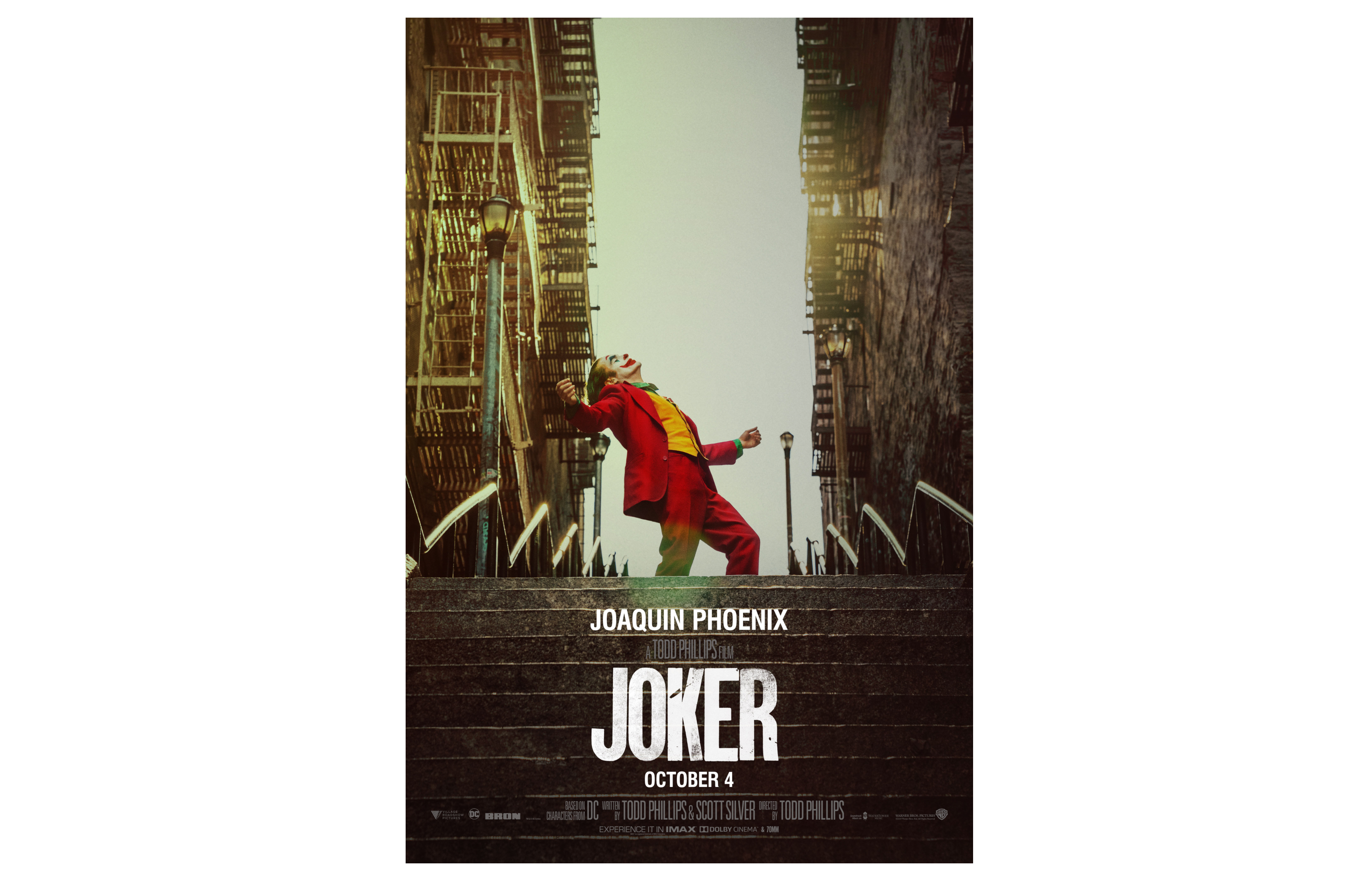
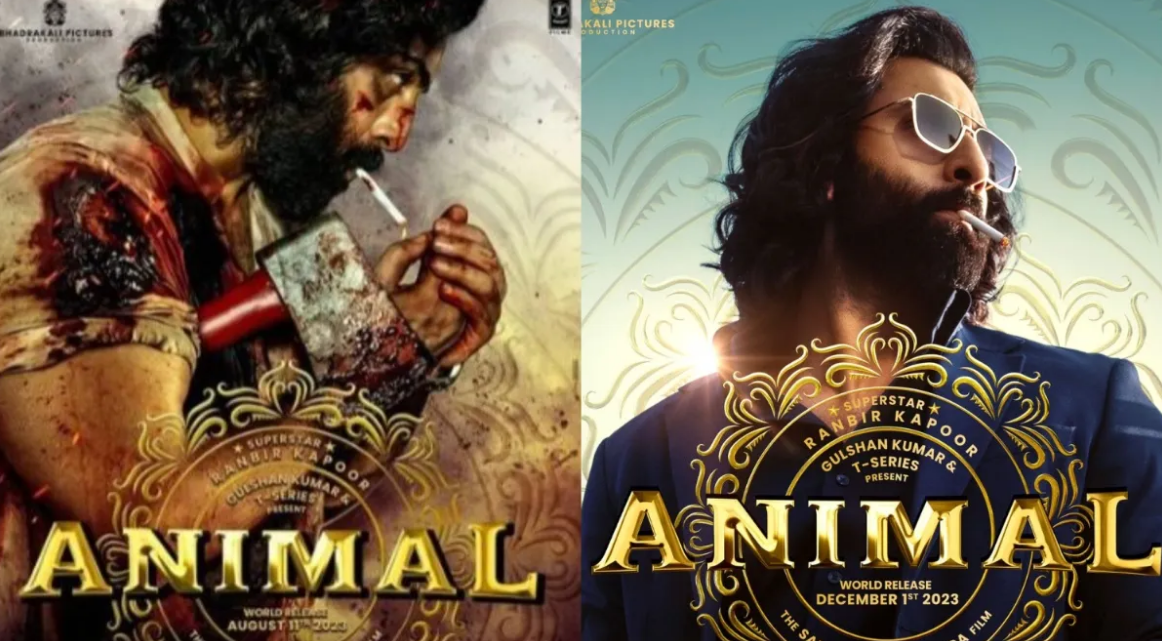
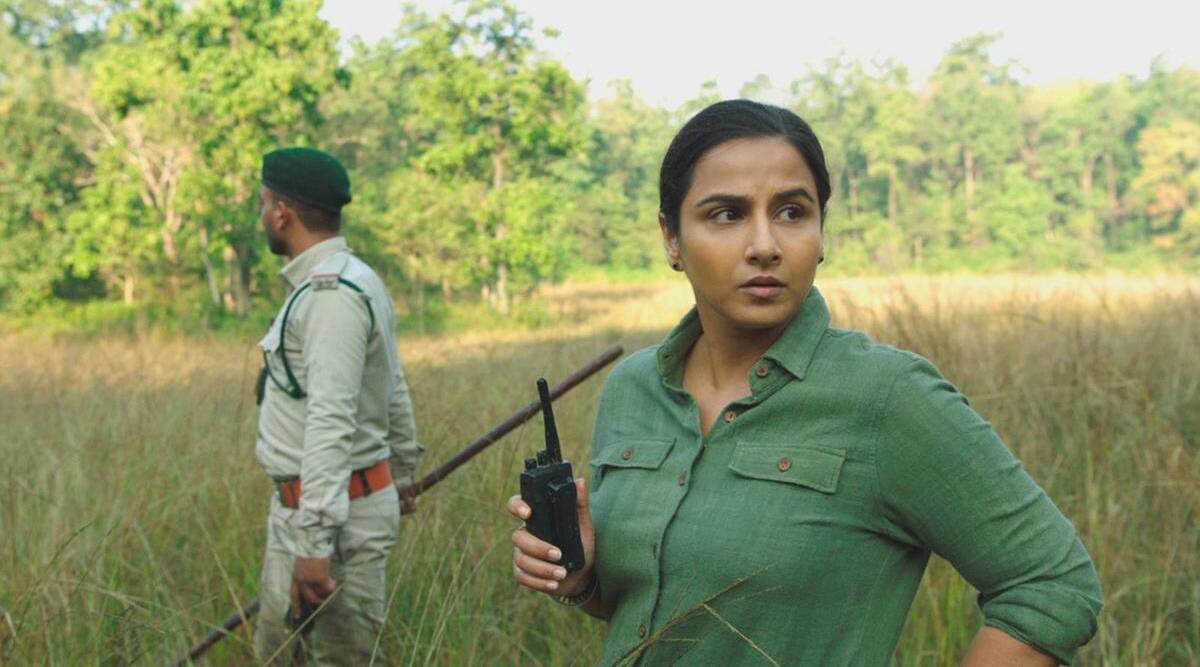
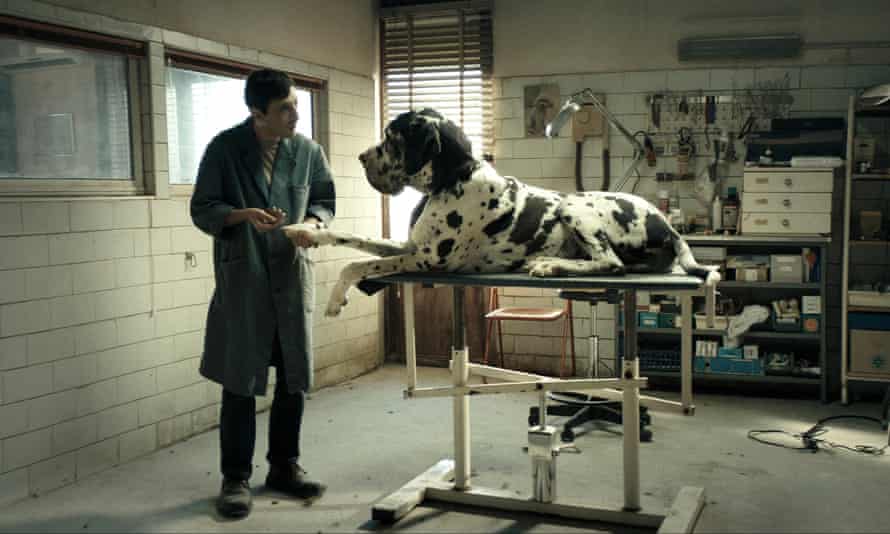
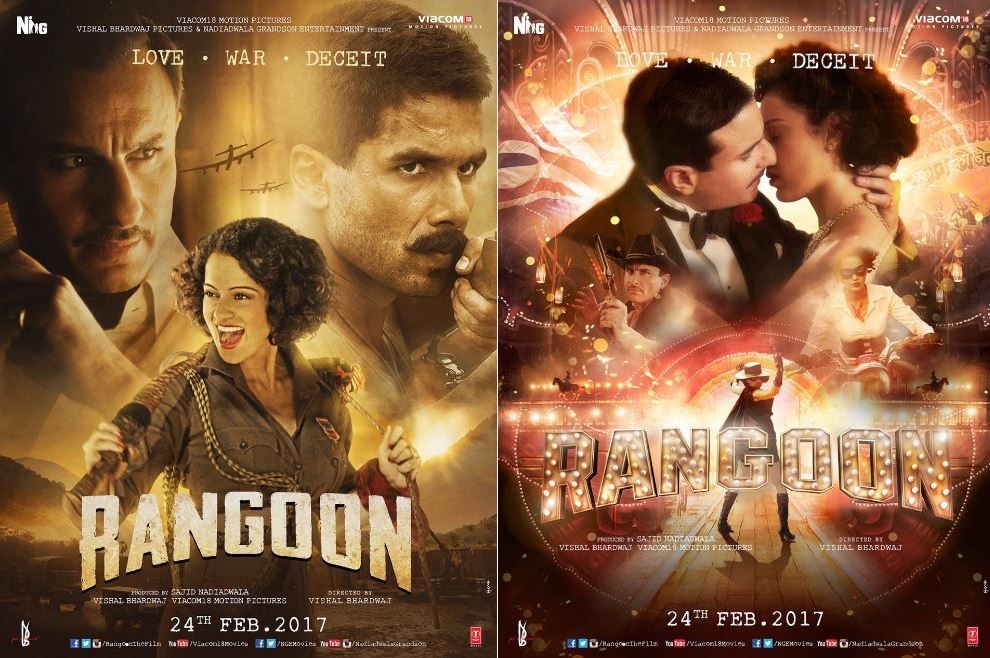




0 COMMENTS
WRITE COMMENT